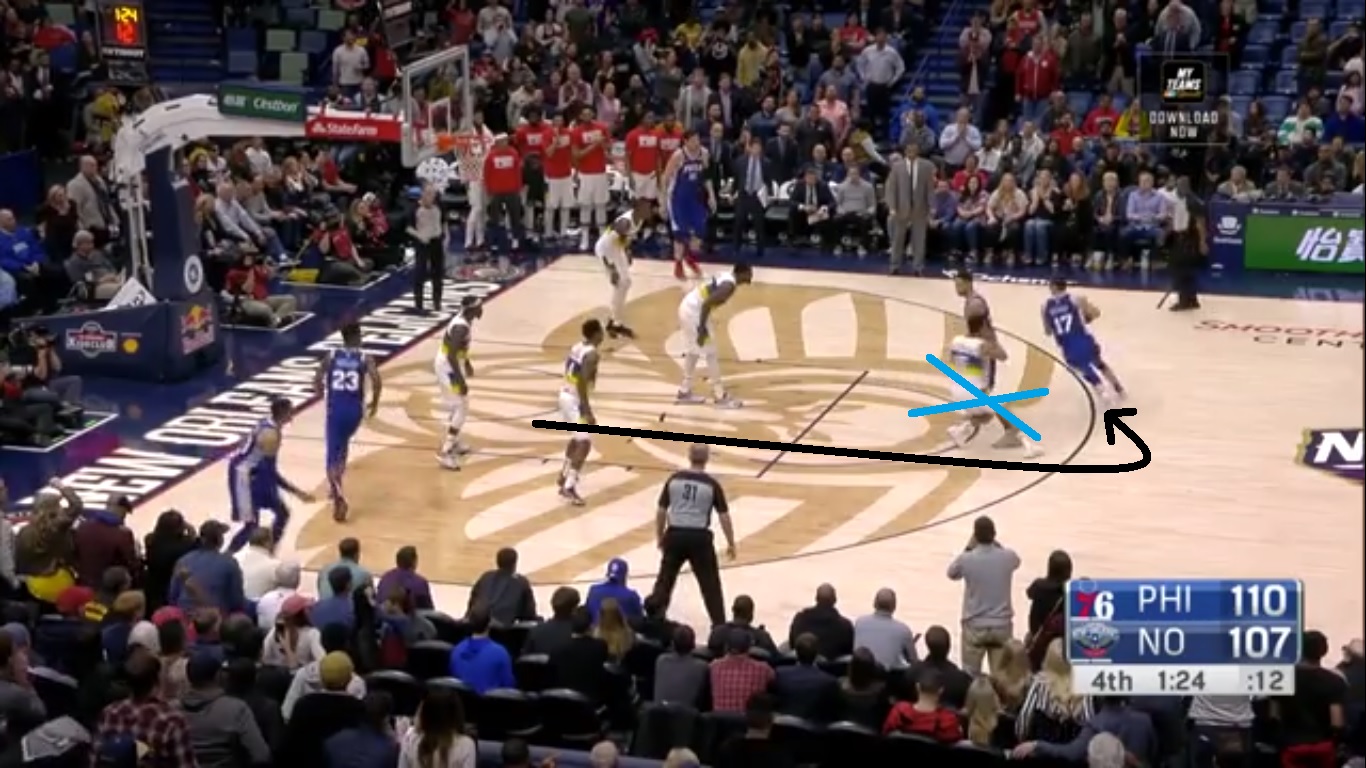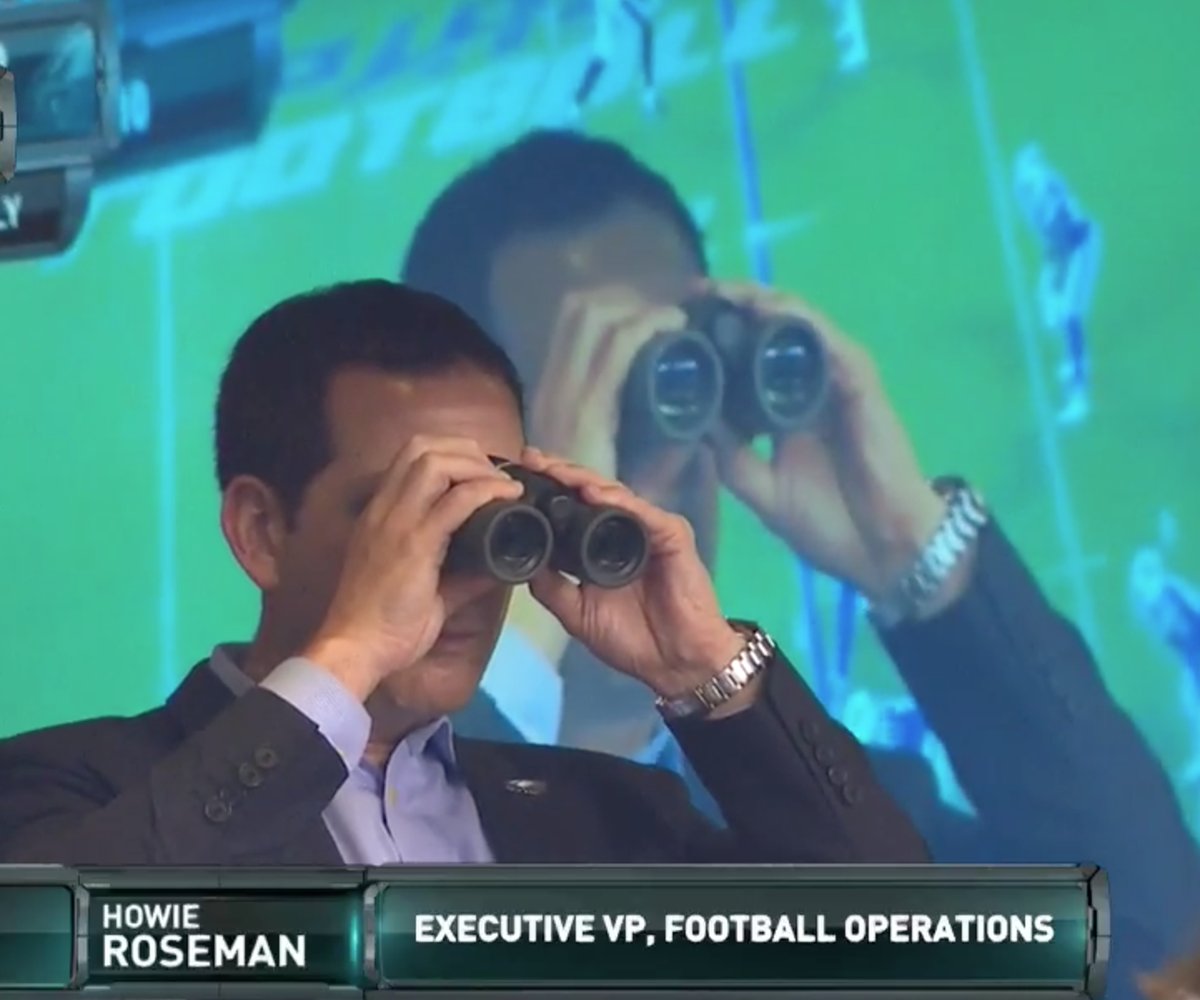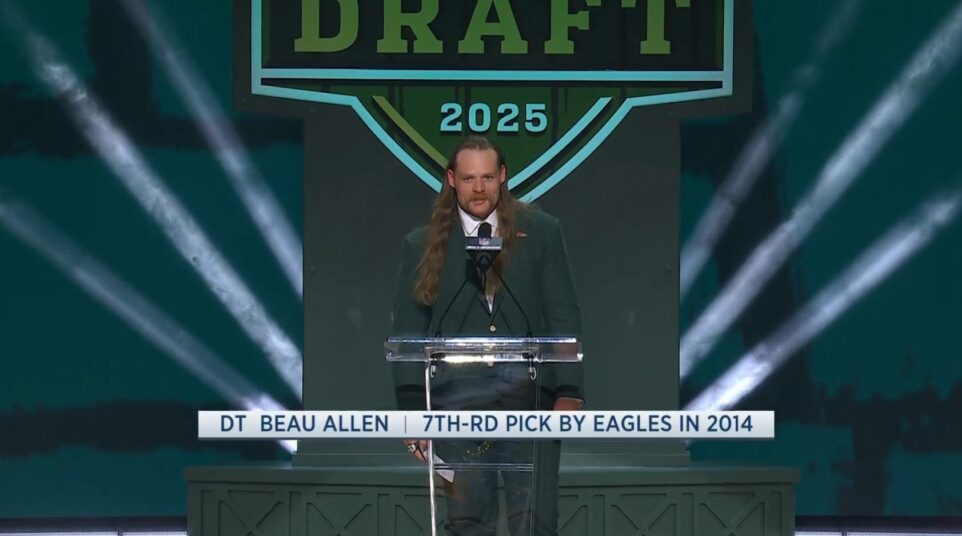
This is Brett Brown's Bread-and-Butter Crunch Time Play
If you want a takeaway from last night’s win that doesn’t have to do with timeouts and foul shooting, consider the fact that the Sixers used four straight pick and rolls on their final offensive possessions.
Three involved the center and small forward, so Jimmy Butler, Mike Scott, and Boban Marjanovic executed those.
And the fourth play is a staple, something you’ve seen plenty of times before. It’s the ’12’ pick and roll where JJ Redick serves as the screener for a ball-handling Ben Simmons.
You’ve seen this run to various degrees of success. Probably the most notable example, or the one you probably recall the most easily, is the final play of regulation on Christmas night in Boston, when this happened:
No dice on that look, and not the best execution, but it’s still not the worst shot in the world. If that goes in, the Boston demons are probably exorcised once and for all.
I think the most successful use of late game ’12’ happened a few weeks later, when the Sixers tried it twice in the comeback win against San Antonio.
In this example, they got a blown defensive switch, Redick stepped out to the three-point line, and hit a game-tying shot and the ensuing foul shot, after the jump:
We talked about that play after the game, and I asked Brett specifically why he likes to go to this look in crunch time scenarios.
Brown:
The Christmas Day one was, we all stood back and said ‘why wouldn’t you give it to Joel or whatever.‘ We’ve had success with the play. It’s never as perfect as you hoped, but tonight it was. What happens is, there is complete confusion a lot of times, when JJ comes up. Is he going to set a screen? That’s one. Is he going to slip the screen? That’s two. Is he going to fake set the screen and just come behind Ben Simmons as he did in Boston for a wide open shot?
And then it’s got legs behind it, where you see the continuity of the action that we have with Joel. Really if you study the last two times we ran that, JJ had the four point play, then Ben decided not to go to JJ and called Joel up. Joel really, I think it was White who made a hell of a play, but he had a dunk and we could have scored twice out of that (set). But we go to it for those reasons. When you have somebody like Steph Curry, JJ Redick, great shooters that are now participatory in screen setting, that’s confusing. Switch it, slip it, come behind it, for the reasons I just said.
In the play above, the Spurs blew their switch and Redick was able to slide out to the arc.
A few weeks later, in the Denver home game, the Nuggets actually blew the non-switch, right here:
Simmons Stop, Go, Smosh pic.twitter.com/wkVeSkYjYW
— BBALLBREAKDOWN (@bballbreakdown) February 9, 2019
In that case, Ben can simply drive off the hesitation while Redick slips through to the three-point line.
Said Redick of that play specifically:
It’s just one of our finishing plays. That’s the same play where I got the four-point play to beat San Antonio. It’s just about putting the defense in a position to make difficult choices. They opted not to switch. I can listen to what my guy is calling. Sometimes he calls ‘switch,’ in which case I’m going to slip. If he’s calling ‘slip,’ then I know I can set a screen and Ben can make the decision. Sometimes that’s kind of hesitation and a late drive, sometimes it’s hesitation where the defense has a screw up and I’m able to slip for a late three.
It’s a very free-flowing and fluid type of play, and you saw it again last night in the Pelicans game.
This time, it looked more like the action they got in the Boston game, only this time the hand-off was cleaner, with Simmons getting a body on Frank Jackson in a way in which he was not able to against Gordon Hayward:
You see the difference in how much space Redick has there vs. the same exact sequence against Boston.
Let me put both of these side-to-side to show you where JJ is at the point where Ben is putting a body on the defender:
Much better space for JJ to curl and face when Ben gets good contact on that screen. He’s not going to be able to drive if his defender sags, so the space for Redick to come high is going to be wide open, assuming Ben can take JJ’s defender out of the play. Ben’s defender is usually giving too much room to him to be able to effectively close out Redick.
So some good, some not-so-good from this play, which is a Brett staple. You see it frequently at the end of games. I like the idea that they can run various actions off of it, though I think the analytics folks would say it’s not very efficient for Redick to take that 20-footer when he could be curling to the three-point line instead.
But watch it, learn it, familiarize yourself with it, because you’re gonna see a lot of it as we head down the stretch and into the playoffs.






